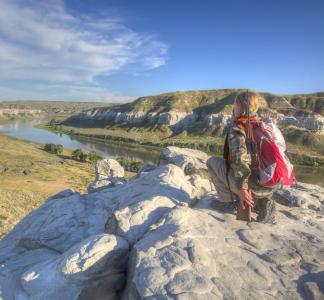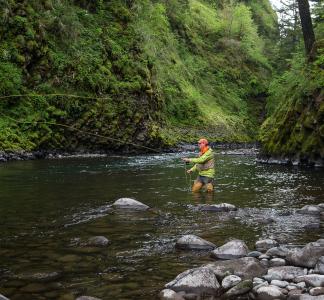10 spots for epic birdwatching on public lands
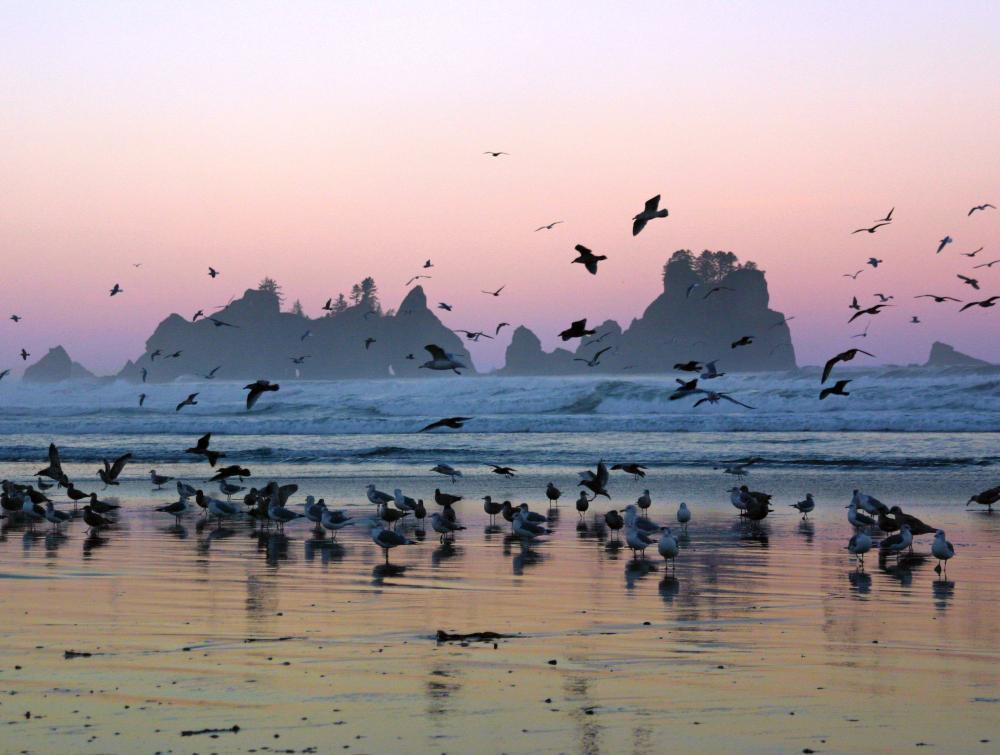
Birds flying at Olympic National Park
Andy Porter
More than 90 million people engage in birding in the US
A few months ago on a walk in Florida, I mistook for a turkey vulture for an eagle soaring overhead. It was a humbling moment upon realizing my mistake, and yet, an awakening to the realization that maybe it’s time to embrace birdwatching in earnest.
While researching my new hobby, I was surprised to learn that many people participate in birding. According to the 2022 National Survey of Fishing, Hunting, and Wildlife-Associated Recreation, a whopping 96 million Americans (twice the population of California) engage in birdwatching or related activities.
Public lands are sanctuaries for bird habitat and some of the best places to see birds. Whether you’re a (super) beginner like me or a seasoned pro, national parks, forests, and wildlife refuges offer a diverse range of habitats that attract amazing bird species. For those who are just beginning, there are a few apps and guides, such as Merlin Bird ID and eBird, to help you on your birding journey.
Here is a curated list of some of the coolest public lands spots to visit. Check it out below!
Bosque del Apache National Wildlife Refuge (New Mexico)
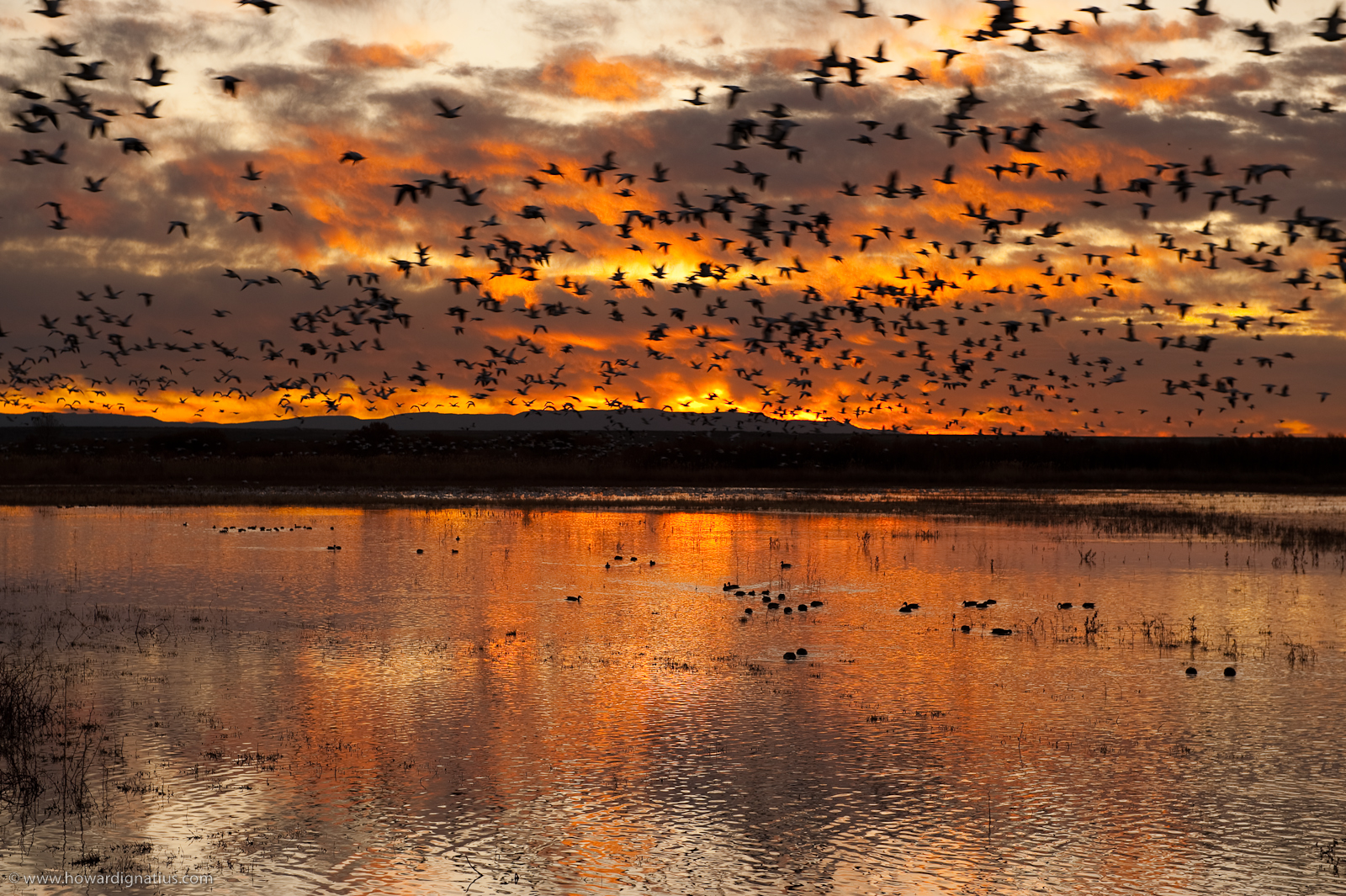
Thunderous "blast off" of 2000 Snow Geese during sunrise at Bosque del Apache National Wildlife Refuge in New Mexico. Credit: Howard Ignatius, Flickr
Each winter, tens of thousands of sandhill cranes and snow geese descend on the wetlands, creating one of the most spectacular birding events in North America. The refuge's mix of desert, riparian forest and wetlands draws a wide variety of species year-round.
Everglades National Park (Florida)
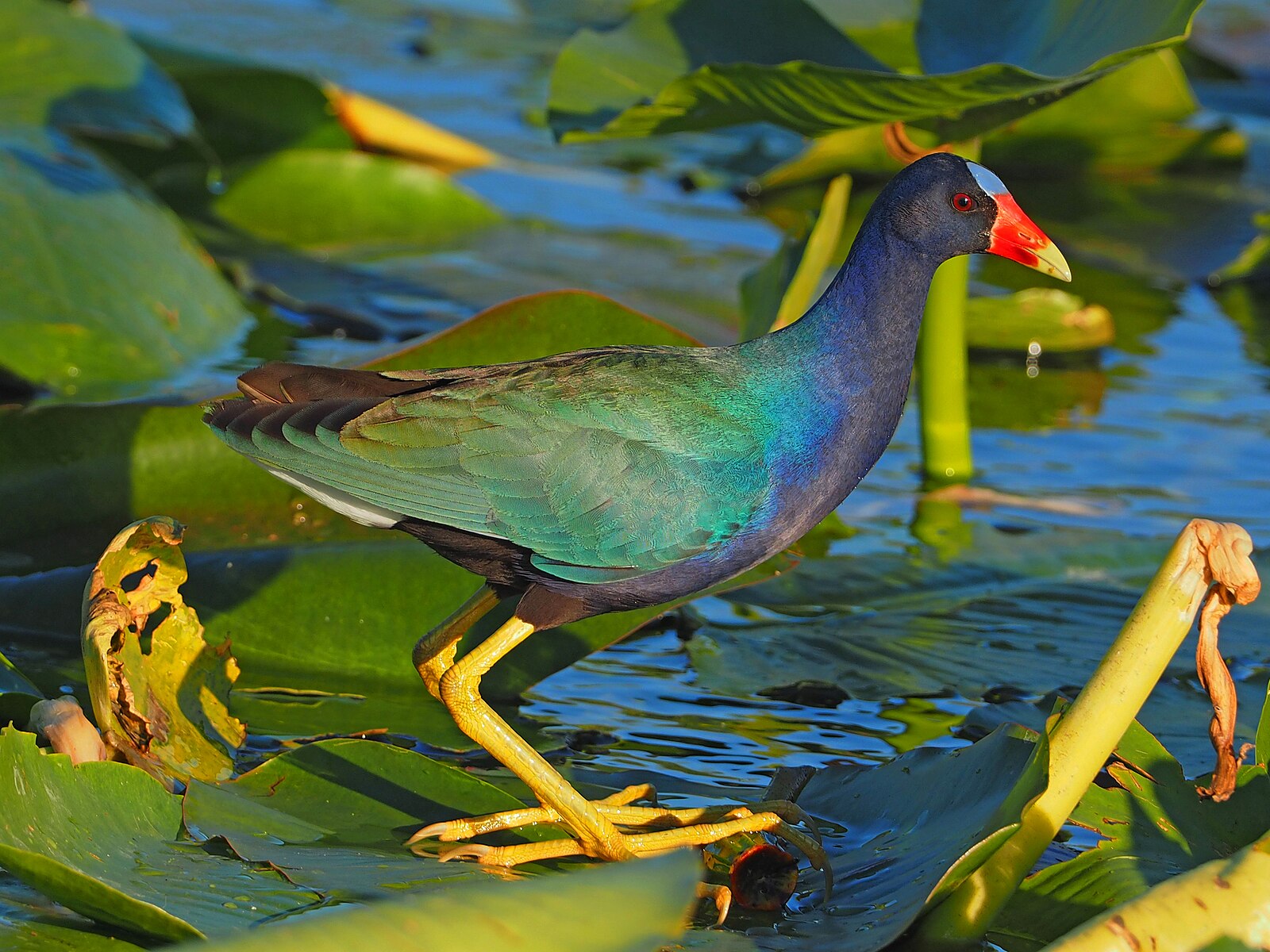
The colorful Purple Gallinule (Porphyrio martinica) found in the Everglades National Park, Homestead, Florida. Credit: Judy Gallagher, Flickr
The sawgrass marshes, coastal estuaries and mangroves make the Everglades a top-tier destination for wetland bird diversity, with more than 360 species living in or migrating through the park. Roseate spoonbills, herons and wood storks are among the signature wading birds you can find in the park. But you can also see birds of prey such as ospreys and falcons.
Point Reyes National Seashore (California)
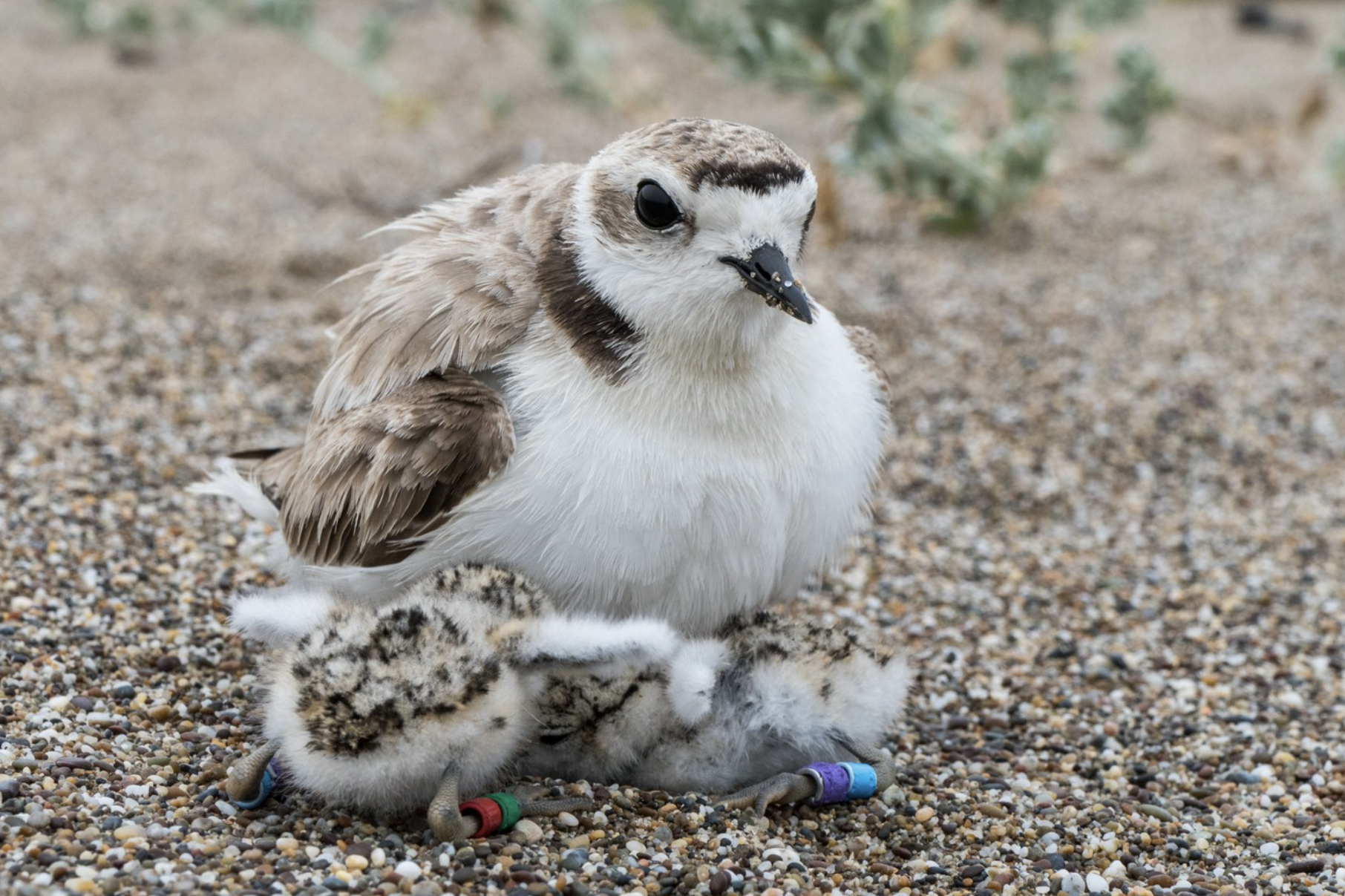
Nesting snowy plover with chicks at Point Reyes, California. Credit: Matt Lau, NPS
This park offers some of the finest birding in the U.S. About 490 recorded species (over 50% of species of birds in North America) have been documented across Point Reyes’ coastal cliffs, grasslands, estuaries and forests. Currently, park staff are studying two threatened species in order to ensure their survival: the snowy plover and the northern spotted owl.
Cape May National Wildlife Refuge (New Jersey)
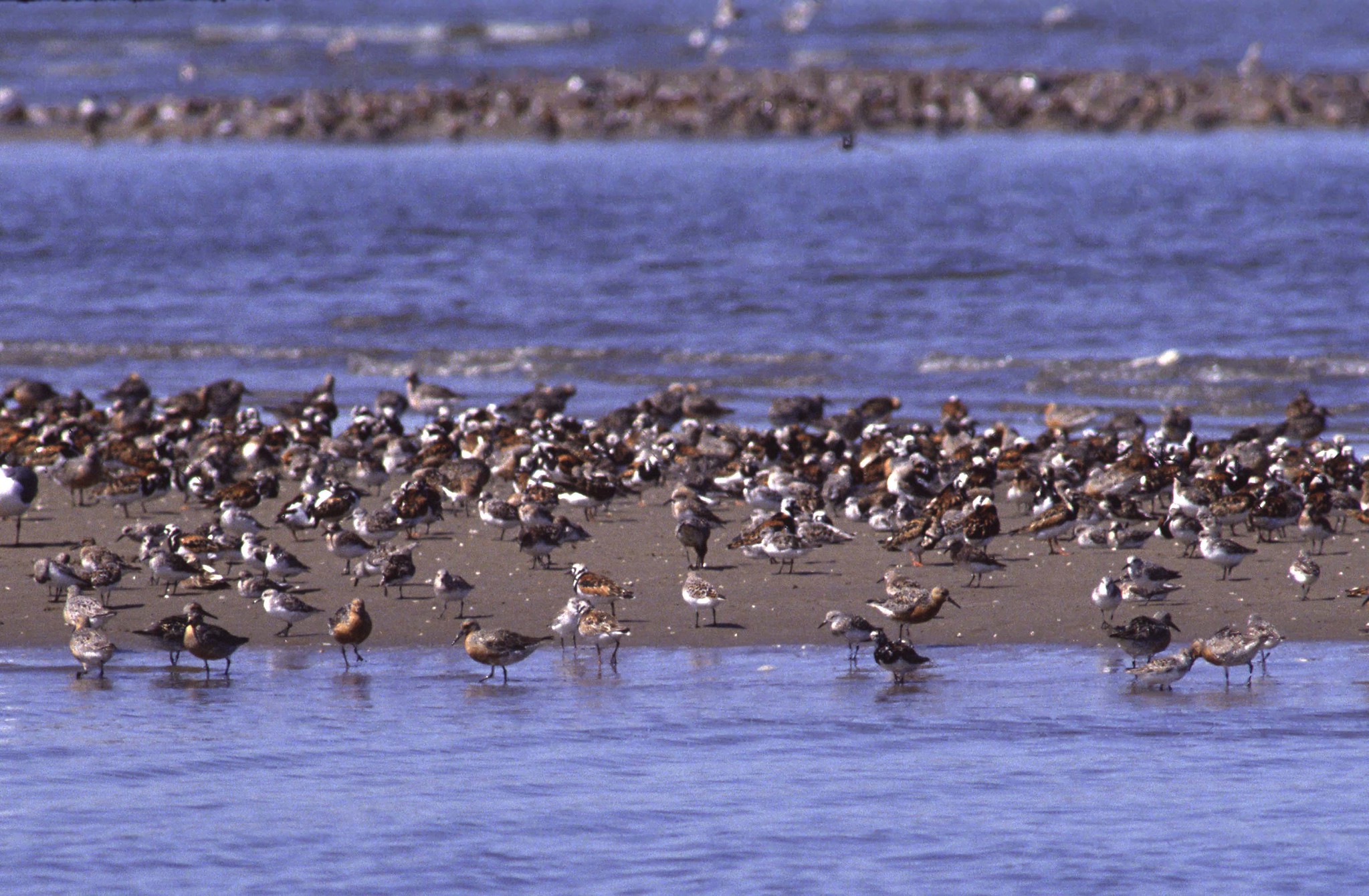
The Delaware Bay shoreline is a major shorebird staging area in North America second only to the Copper River Delta in Alaska. Credit: USFWS
Each spring and fall, Cape May’s dunes, salt marshes and migratory flyways host thousands of shorebirds, warblers and raptors. In spring, ospreys return to nest and beach-nesting birds like piping plovers arrive. Summer brings tree swallows, great blue herons and egrets, while fall dazzles with migrating monarchs and southbound waterfowl. And even during the winter you can catch some bald eagles soaring above frigid marshes.
Chincoteague National Wildlife Refuge (Virginia)
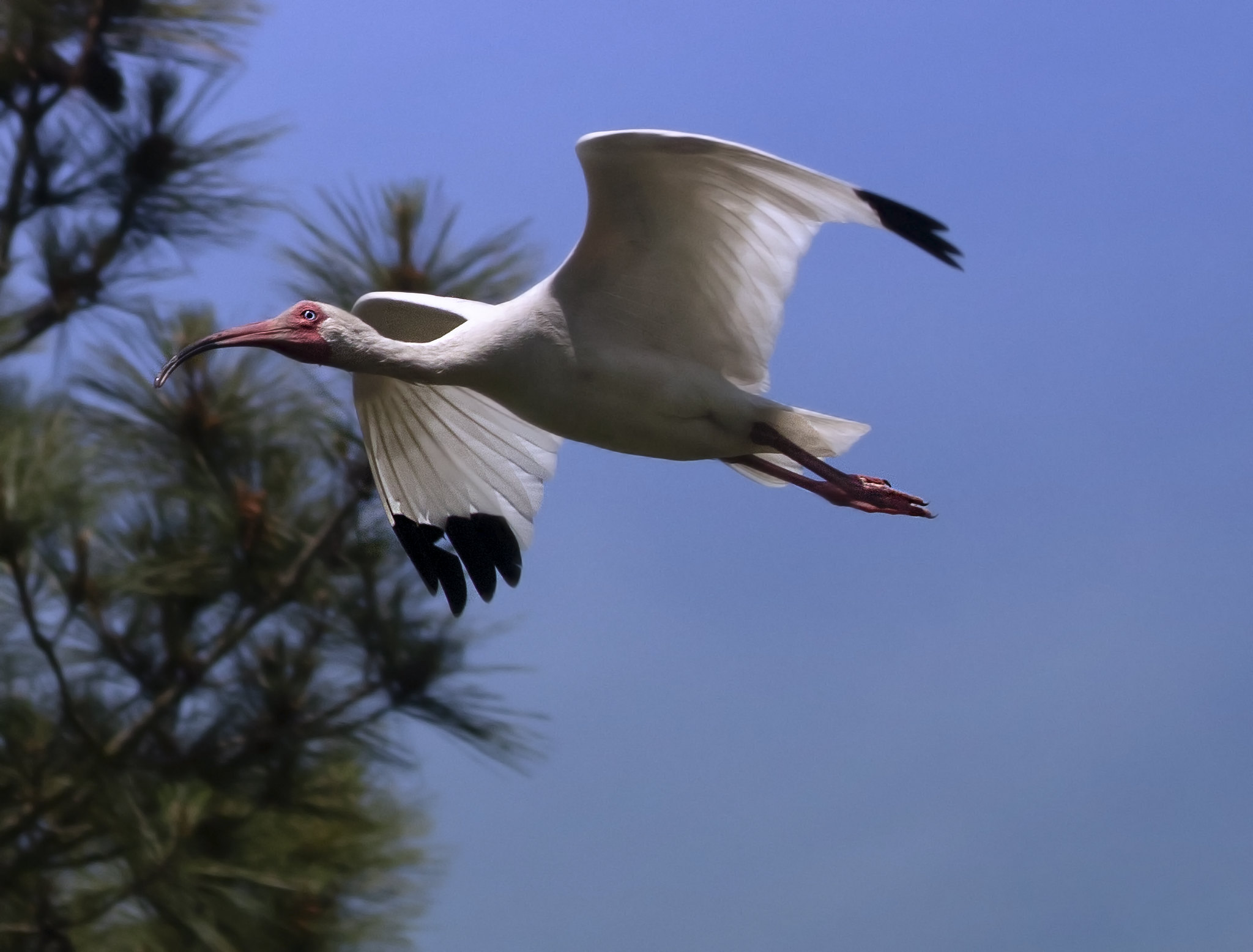
A white Ibis flying at Chincoteague National Wildlife Refuge, Virginia. Credit: cyclo90, Flickr
Chincoteague supports over 320 bird species and features snow geese by the thousands during migration and wintering seasons. Its barrier islands, salt marshes and shallow flats host dense concentrations of shorebirds, so great that the refuge ranks as an important stopover area for migrating birds in the U.S. east of the Rockies.
Kenai National Wildlife Refuge (Alaska)
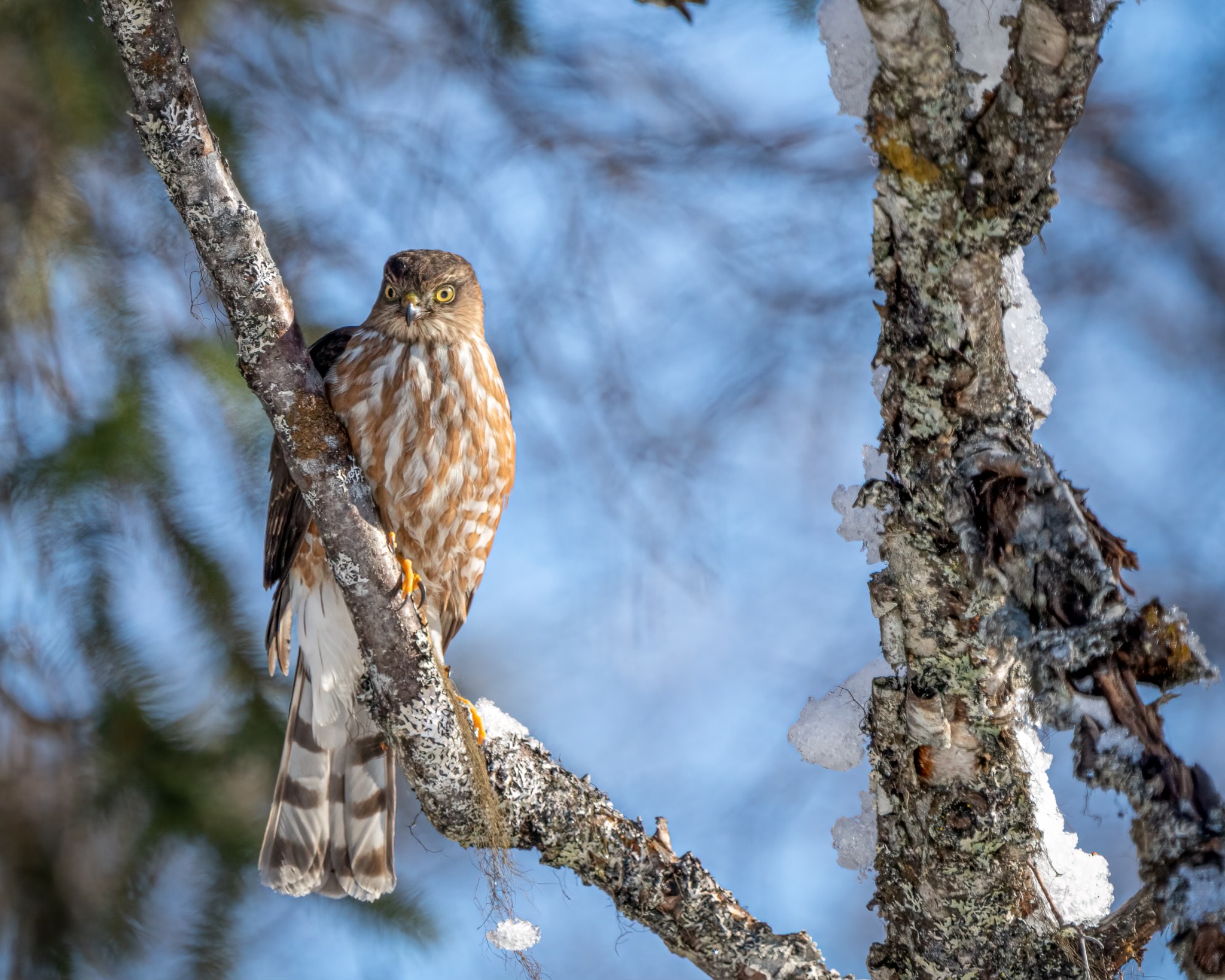
A sharp-shinned hawk in Kenai, Alaska. Credit: USFWS
This refuge, comprising tundra, boreal forest, ice fields and glaciers, mountains and wetlands, is renowned for trumpeter swans, loons and a host of boreal and migratory fish‑eating birds. The Kenai River and its tributaries are home to harlequin ducks and American dippers.
Aransas National Wildlife Refuge (Texas)
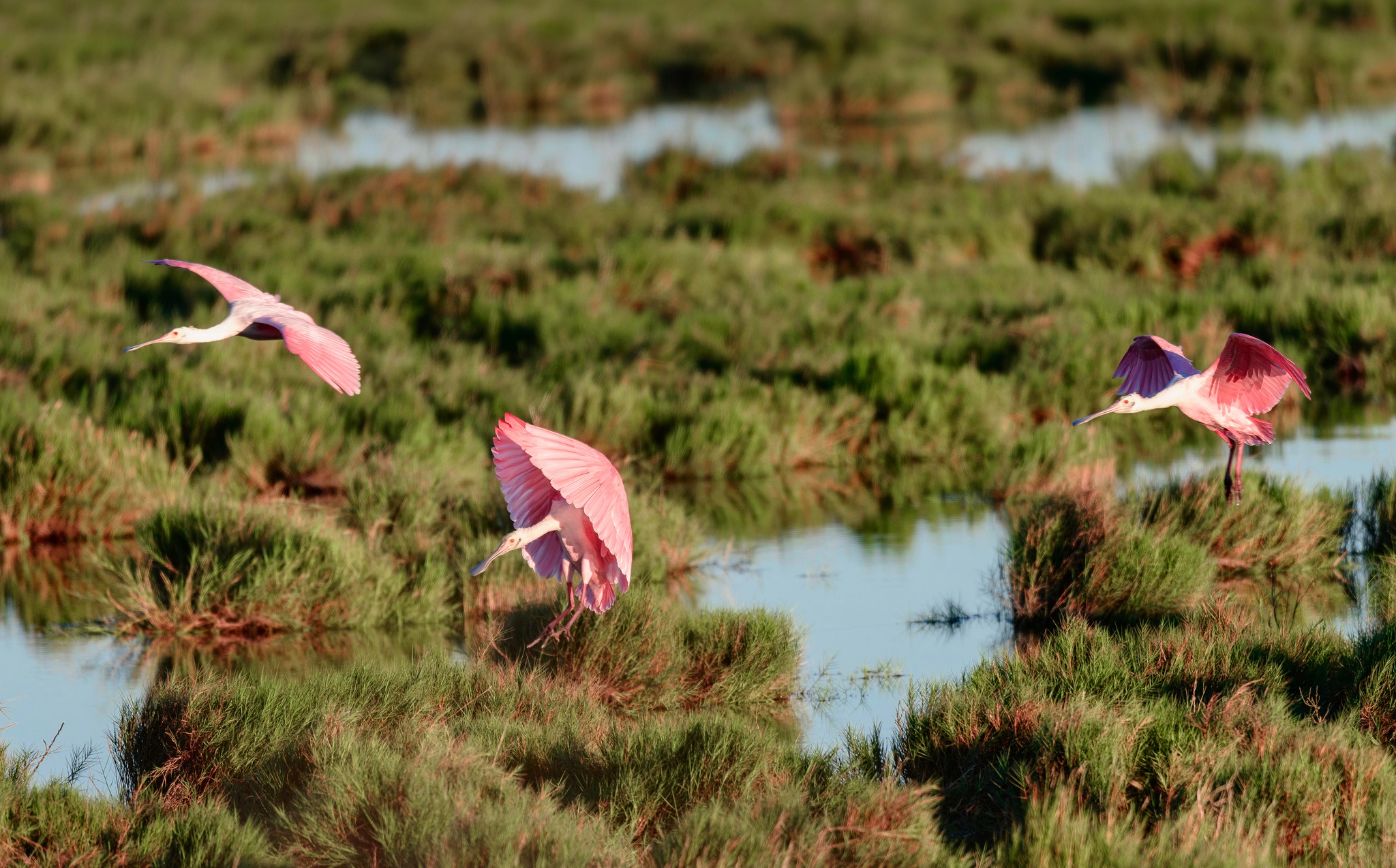
Roseate spoonbills coming in for landing in the marsh at Aransas. Credit: Mike Croyle
The Aransas–Wood Buffalo population of whooping cranes is estimated at around 536 and represents the last wild, self-sustaining flock. Aransas serves as their primary wintering ground. The refuge’s barrier island ecosystem also supports a rich diversity of shorebirds and herons.
Acadia National Park (Maine)
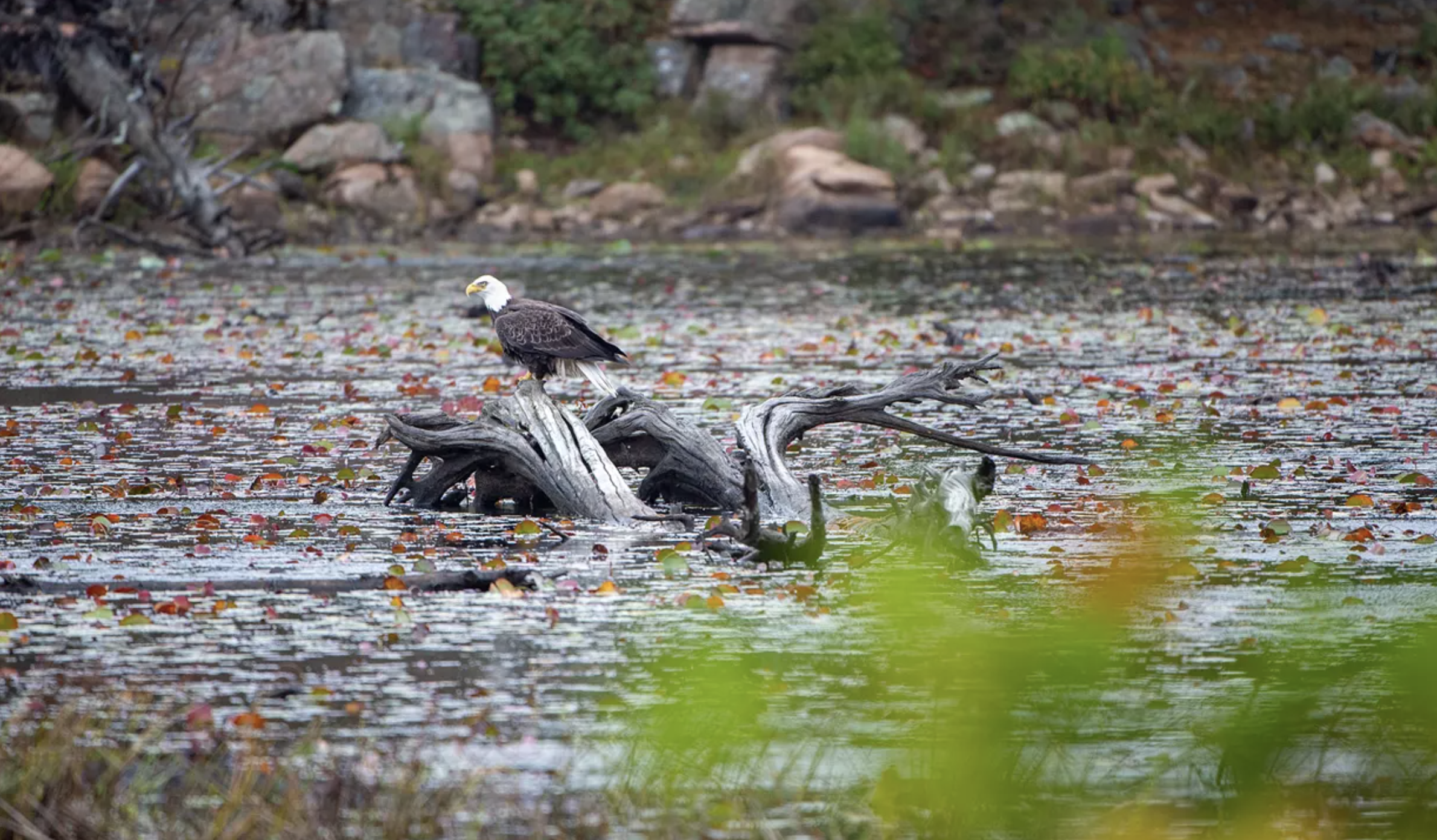
An American bald eagle sits on a log in Acadia National Park Pond in Acadia National Park, Maine. Credit: Will Newton, Friends of Acadia (NPS site)
Once referred to as the "warbler capital of the world," there are over 20 species of warblers breeding on the island and 308 birds encountered in and around the park. Acadia’s island shores and inland woodlands offer diverse habitats for seabirds such as common eiders and black guillemots, raptors like peregrine falcons and bald eagles, and forest birds like red crossbills and pileated woodpeckers.
Glacier National Park (Montana)
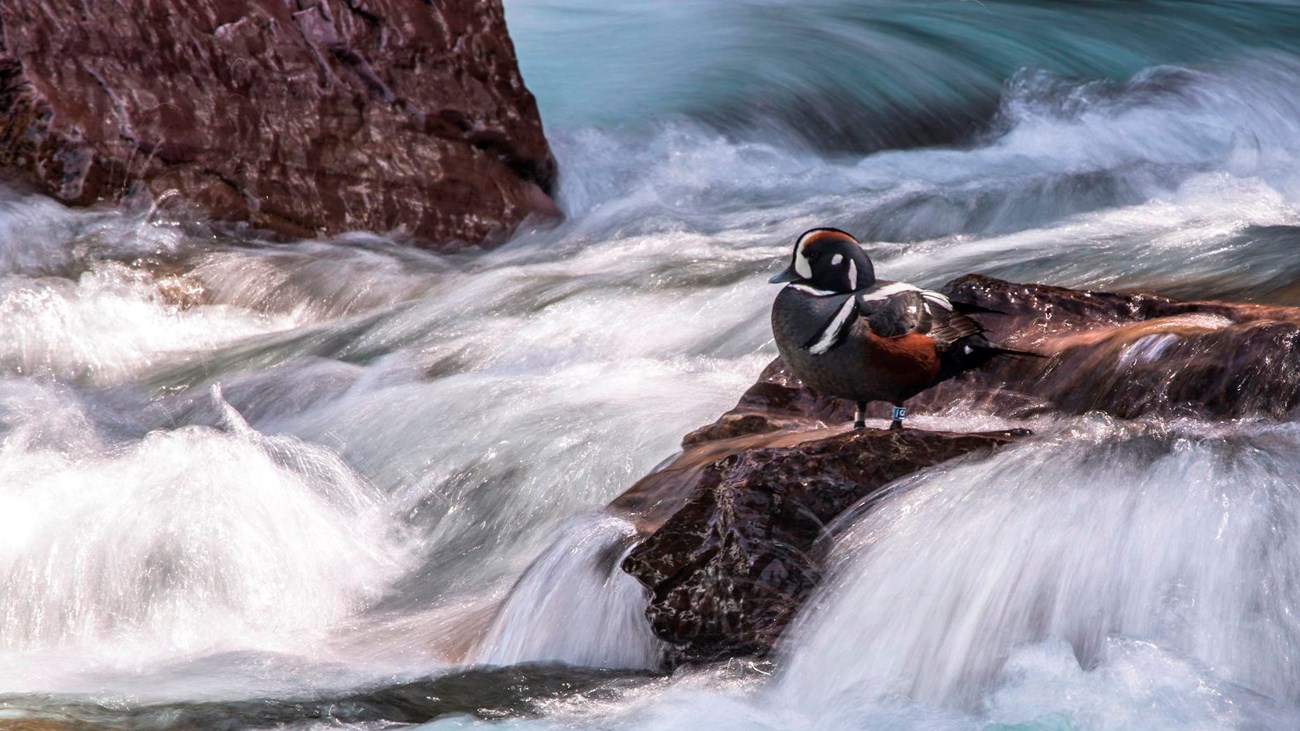
Harlequin ducks have been studied in Glacier National Park since 1974. Credit: Jacob W. Frank, NPS
Glacier may be one of the best places in the contiguous United States to spot the elusive and striking harlequin duck (with one-quarter of Montana’s harlequin duck broods being born in the park). The park also supports species like chestnut-backed chickadees, Clark’s nutcrackers, white-crowned sparrows and high-elevation specialists like American pipits and golden eagles.
Columbia River Gorge National Scenic Area (Oregon/Washington)
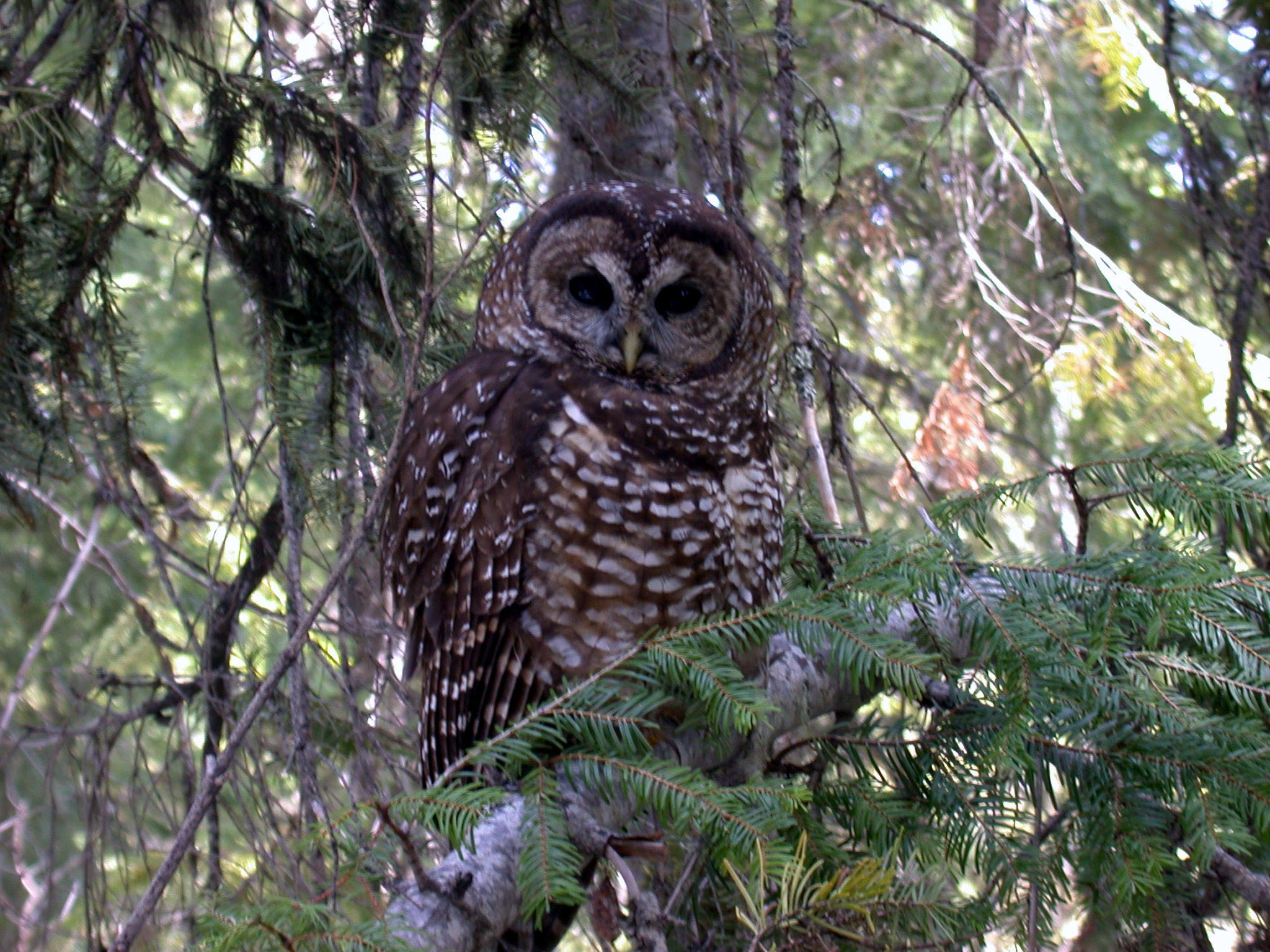
Threatened northern spotted owl (Strix occidentalis caurina). Credit Shane Jeffries, USFS
The Gorge regularly hosts more than 200 bird species making it one of the most bird-rich landscapes of the Pacific Northwest. The Northern Spotted Owl is the only threatened species in the gorge, according to the United States Geological Survey (USGS). You have more than 50 bird watching trails in the area to spot everything from ospreys to bald eagles to Steller's jays and more.
